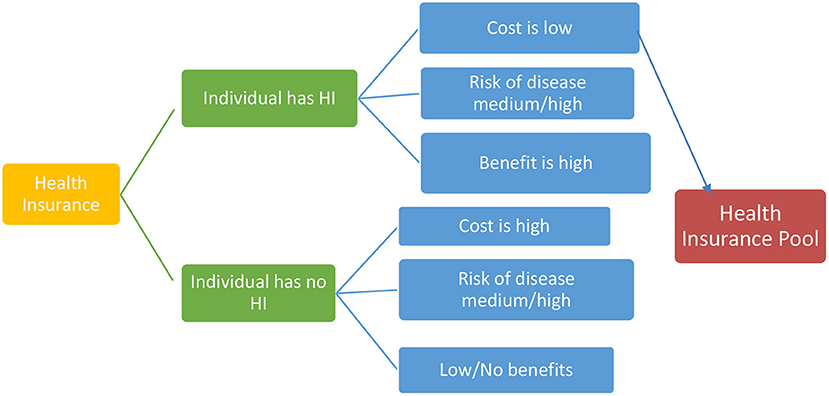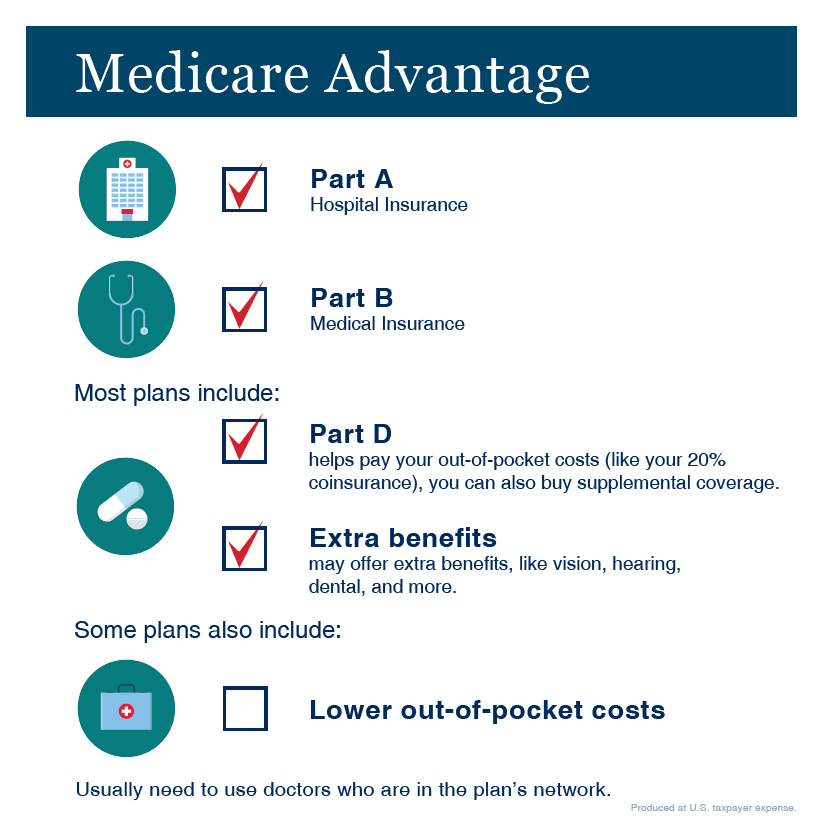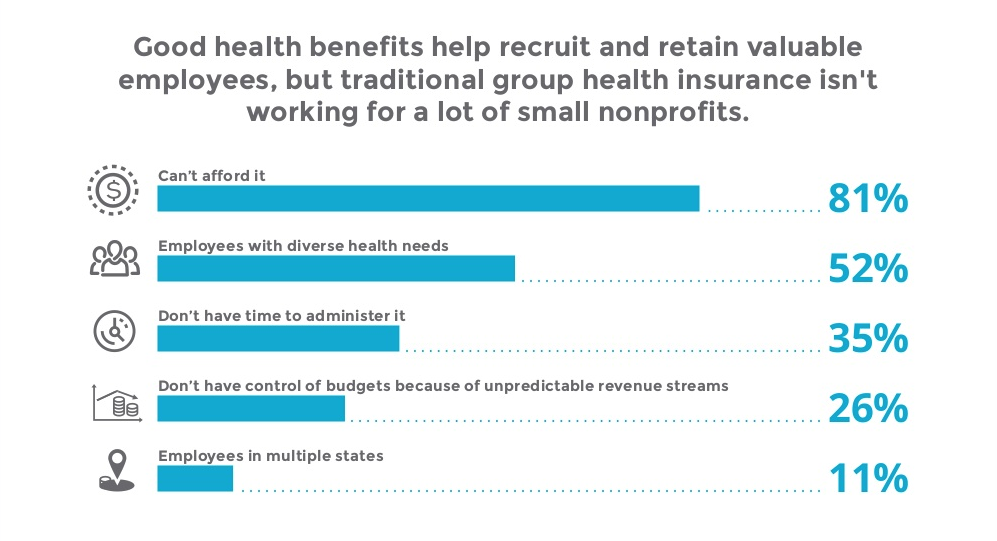7 Easy Facts About Medicare Advantage Agent Explained
7 Easy Facts About Medicare Advantage Agent Explained
Blog Article
Not known Details About Medicare Advantage Agent
Table of ContentsMedicare Advantage Agent Fundamentals ExplainedThe 8-Minute Rule for Medicare Advantage AgentThe smart Trick of Medicare Advantage Agent That Nobody is Talking About

follows from perplexing the relatively young age account of the without insurance with the far better health and wellness, generally, of younger individuals. This covers the link in between health and wellness status and health insurance coverage. For those without accessibility to workplace medical insurance, inadequate health and wellness is a possible obstacle to acquiring nongroup coverage since such insurance coverage might be highly priced, leave out pre-existing conditions, or be just unavailable. The number of uninsured Americans is not particularly big and has not altered recently. Seven out of ten participants in a country wide depictive study thought that less Americans lacked wellness insurance coverage than really do(Fronstin, 1998). Approximately fifty percent(47 percent )thought that the variety of people without medical insurance decreased or stayed consistent over the last fifty percent of the last years(Blendon et al., 1999). This decline of almost 2 million in the number of people 'without insurance coverage (a decrease
of around 4 percent)is definitely a favorable adjustment. With a softer economic climate in 2000 the most up to date reported gains in insurance coverage might not proceed(Fronstin, 2001 ). The decrease in the variety of without insurance will not continue if the economic climate stays sluggish and wellness treatment expenses continue to surpass inflation. This is since the data were collected for a duration of strong financial efficiency. Of the estimated 42 million people who were uninsured, just about about 420,000(concerning 1 percent)were under 65 years of age, the age at which most Americans end up being qualified for Medicare; 32 million were grownups between ages 18 and 65, around 19 percent of all adults in this age group; and 10 million were kids under 18 years of age, regarding 13.9 percent of all youngsters (Mills, 2000). These estimates of the variety of individuals without insurance are produced from the annual March Supplement to the Existing Population Survey (CPS), conducted by the Demographics Bureau. Unless otherwise noted, nationwide quotes of people without health and wellness insurance policy and percentages of the population with different type of protection are based upon the CPS, one of the most commonly used resource of price quotes of insurance policy protection and uninsurance prices. These surveys and the price quotes they yield are defined briefly in Table B. 1 in Appendix B - Medicare Advantage Agent. These studies differ in size and sampling techniques, the inquiries that are inquired about insurance coverage
Everything about Medicare Advantage Agent
insurance coverage, and the time duration over which insurance protection or uninsurance is measured(Lewis et al., 1998, Fronstin, 2000a ). Still, the CPS is specifically useful since it produces yearly price quotes fairly swiftly, reporting the previous year's insurance policy coverage approximates each September, and due to the fact that it is the basis for a constant collection of price quotes for greater than 20 years, permitting evaluation of patterns in coverage with time.

Getting The Medicare Advantage Agent To Work
Over a three-year period starting early in 1993, 72 million people, 29 percent of the U.S. populace, were without insurance coverage for at the very least one month. Within a single year(1994), 53 million people experienced at the very least a month without coverage(Bennefield, 1998a). Six out of every 10 without insurance grownups are themselves employed. Although working does enhance the likelihood that a person and one's family members will certainly have insurance, it is not a warranty. Also members of family members with 2 permanent breadwinner have practically a one-in-ten chance of being uninsured (9.1 percent uninsured rate)(Hoffman and Pohl, 2000 ). The connection in between medical insurance and access to care is well established, as documented later on in this chapter. Although the partnership between medical insurance and health outcomes is neither direct neither easy, an extensive clinical and wellness solutions study literary works web links medical insurance protection
to better accessibility to care, much better top quality, and enhanced individual and populace wellness standing. The second record, on personal wellness results for uninsured adults, is represented by the inner circle of the figure, while the 3rd report, on household wellness, incorporates the topics of the second record yet highlights a various unit of analysis, namely, the family. The 6th report in the collection will certainly present details concerning strategies and campaigns carried out in your area, statewide, or nationally to resolve the absence of insurance coverage and its damaging effects. Degrees of analysis for checking out the effects of uninsurance. This discussion of medical insurance coverage focuses mostly on the united state population under age 65 since essentially all Americans 65 and older have Medicare or various other public insurance coverage.
In addition, it focuses particularly on those without any kind of medical insurance for any kind of length of time. The issues dealt with by the underinsured remain in some areas comparable to those faced by the without insurance, although they are generally less serious. Uninsurance and underinsurance, nevertheless, include definitely various policy concerns, and the techniques for resolving them might differ. Throughout this research study and the five records to adhere to, the main emphasis is on persons with no health and wellness insurance policy and therefore no assistance in spending for health and wellness care past what is offered with charity and safeguard establishments. Medical insurance is a powerful factor impacting invoice of care due to the fact that both individuals and doctors react to the out-of-pocket cost of services. Medical insurance, however, is neither essential nor enough to access to clinical services. Nonetheless, the independent and straight effect of wellness
insurance policy coverage on access to health solutions is well established. Others will certainly acquire the healthcare they need even without medical insurance, by spending for it expense or seeking it from service providers who use care cost-free or at extremely subsidized rates. For still others, health and wellness insurance alone does not guarantee invoice of treatment due to other nonfinancial obstacles, such as an absence of healthcare service providers try this web-site in their community, limited access to transport, illiteracy, or etymological and cultural differences. Formal study regarding without insurance populaces in the USA dates to the late 1920s and very early 1930s when the Board on the Price of Medical Care created a series of reports about financing doctor workplace sees and hospital stays. This concern came to be prominent as the numbers of clinically indigent climbed during the Great Anxiety. Empirical research studies consistently sustain the link between access to care and enhanced health outcomes(Bindman et al., 1995; Starfield, 1995 ). Having a regular source of care can be considered a predictor of gain access to, as opposed to a direct step of it, when health and wellness results are themselves utilized as access indicators. This expansion of the idea of gain access to measurement was made by the IOM Board on Checking Accessibility to Personal Health And Wellness Care Solutions(Millman, 1993, p. Whether parents are insured appears to impact whether their youngsters obtain treatment as well as just how much careeven if the kids themselves have coverage(Hanson, 1998). The health and wellness of parents can affect their capacity to take care of their children and the degree of household anxiety. Bothering with their kids's access to care is itself a resource of tension for moms and dads. Three chapters follow in this report. Chapter 2 provides a summary of just how employment-based wellness insurance, public programs and specific insurance plan operate and interact to provide considerable but incomplete insurance coverage of the united state populace. This consists of an evaluation of historical fads and public plans impacting both public and personal insurance policy, a conversation of the communications amongst the different types of insurance policy, and an assessment of why people move from one program to one more or end up

Report this page